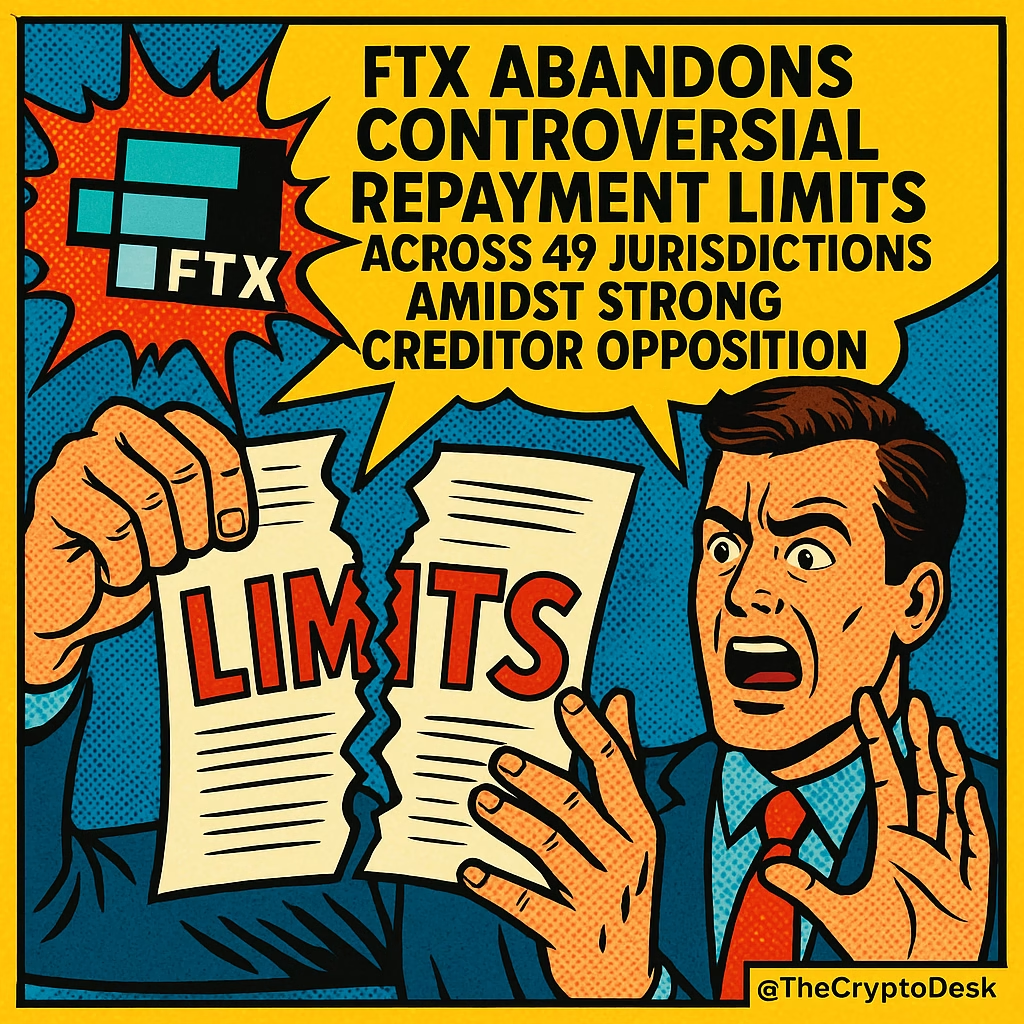The turbulent saga of FTX keeps unfolding, as the beleaguered cryptocurrency exchange abandons its contentious proposal to limit repayments in several countries. This significant development comes amidst intense scrutiny and opposition from creditors, particularly those from China, and sets a precedent for ongoing negotiations in the world of crypto bankruptcy.
A Bold Move Retreats
Recently, FTX made headlines for withdrawing its motion to implement a “Restricted Jurisdiction Procedure” that would have barred repayments to creditors in 49 jurisdictions. This proposal aimed to exclude around $800 million in claims from local creditors unable to receive payments due to regulatory complexities. The jurisdictions in question not only included China but also featured Russia, Ukraine, Pakistan, and Saudi Arabia, highlighting the global implications of the exchange’s financial turmoil.
China, in particular, loomed large over this issue, accounting for a staggering 82% of the claims poised to be impacted by FTX’s initial plan. The significance of this exclusion would have meant that numerous creditors could have faced total forfeiture of their claims, igniting a firestorm of protest among those affected.
Why This Matters
The withdrawal of the proposal is a crucial moment in the ongoing bankruptcy proceedings. Creditors, especially from the aforementioned jurisdictions, celebrated this reversal. It signifies a hard-fought victory for those who stood ready to contest what many viewed as a discriminatory measure against certain groups of creditors. The outcry was led by over 300 Chinese claimants, spearheaded by tax resident Weiwei Ji, who voiced that the exchange failed to justify its reasons for classifying China as a restricted region in bankruptcy negotiations.
This episode also raises broader questions about the fairness and transparency of bankruptcy processes in the cryptocurrency landscape. The backlash against FTX’s plan underscores the need for clearer pathways to creditor recovery in an emerging sector often marred by regulatory ambiguities.
Expert Opinions
Financial legal experts argue that FTX’s move to restrict repayments without adequate justification could have set a dangerous precedent for future bankruptcy cases in the crypto space. The swift reaction from creditors suggests a community increasingly unwilling to accept disparate treatment based on geographical or institutional biases. As one legal expert noted, “Bankruptcy should not be considered a tool to disadvantage particular creditor groups. This is a moment that could lead to more equitable practices in the future.”
Future Outlook
Looking ahead, the implications of this development could reverberate throughout the cryptocurrency industry. As Sam Bankman-Fried (SBF) prepares to appear before the US Court of Appeals for the Second Circuit after serving time for fraud and conspiracy, the narrative surrounding FTX is expected to remain complex and contentious. Bankman-Fried has stirred up further controversy by releasing documents asserting that FTX and Alameda Research were never truly insolvent, claiming that mismanagement by the bankruptcy team has escalated creditor losses.
This scenario raises fundamental questions about how the cryptocurrency sector handles financial distress and the treatment of investors’ stakes. With the increasing visibility of cases like FTX, a clearer regulatory framework may emerge to govern such situations—hopefully, one that prioritizes fairness and accountability.
As the dust settles on this latest development, the cryptocurrency community remains on alert, with activists and creditors alike standing vigilant for their rights in a notoriously unpredictable market.
“Update: The #FTX Recovery Trust filed a Notice of Withdrawal of the ‘Restricted Jurisdiction Procedures’ motion on Nov 3. This is a victory for all potentially affected creditors. But until you receive the compensation you’re owed, stay vigilant and keep acting together.” (Source: Will的折腾纪)
Read more on Twitter
As the complexities surrounding FTX and its bankruptcy proceedings continue to unravel, the saga serves as a reminder of the volatility and challenges inherent in the cryptocurrency sphere. Stakeholders are encouraged to stay informed and engaged as the story evolves. Will this be the last obstacle creditors face, or is it just the calm before another storm? Only time will tell.
